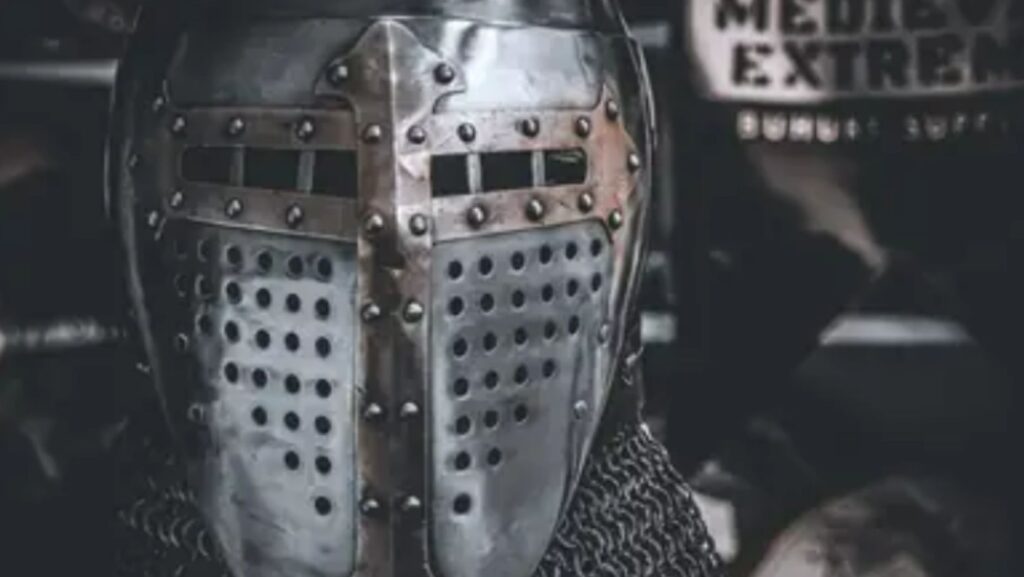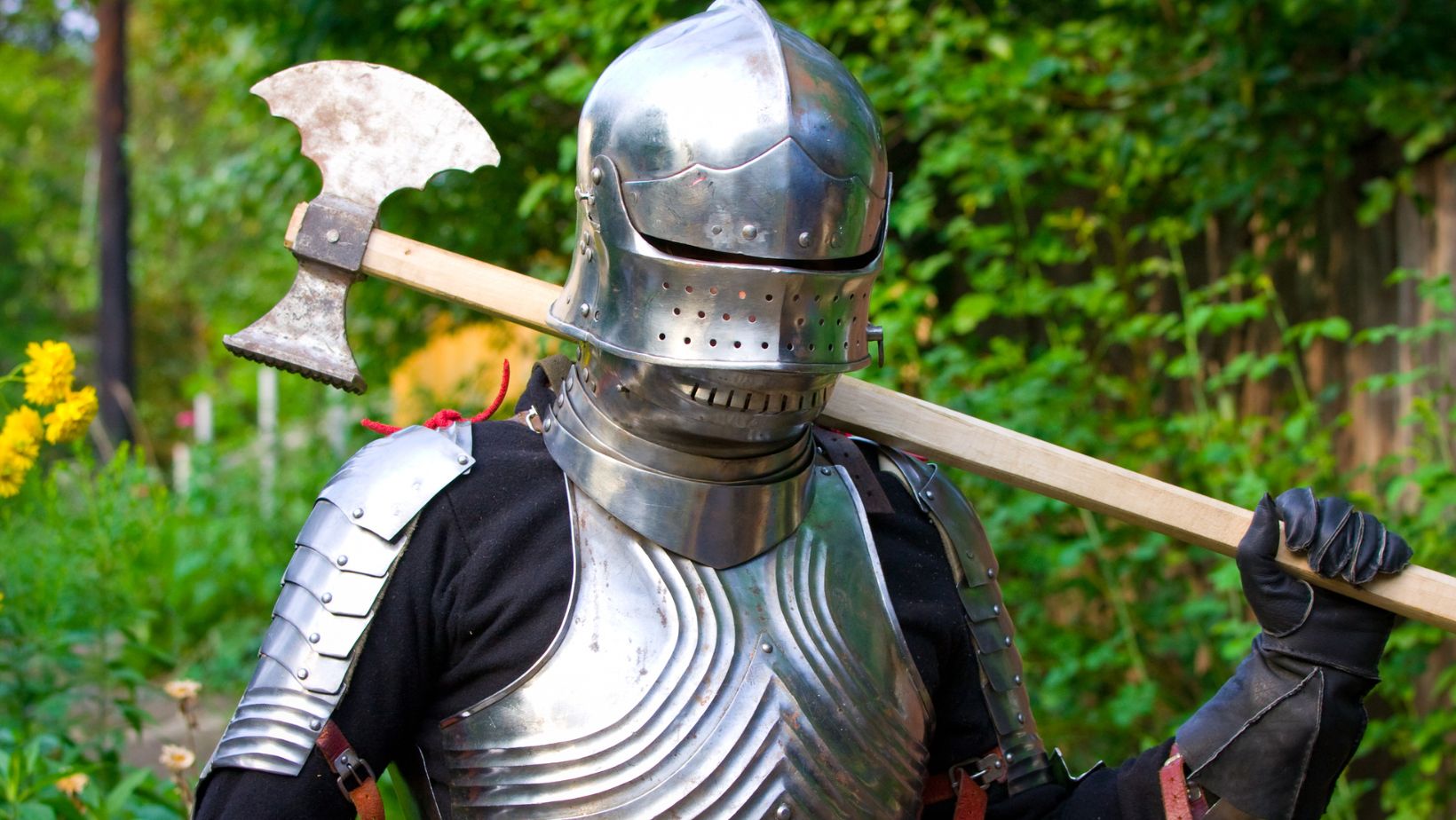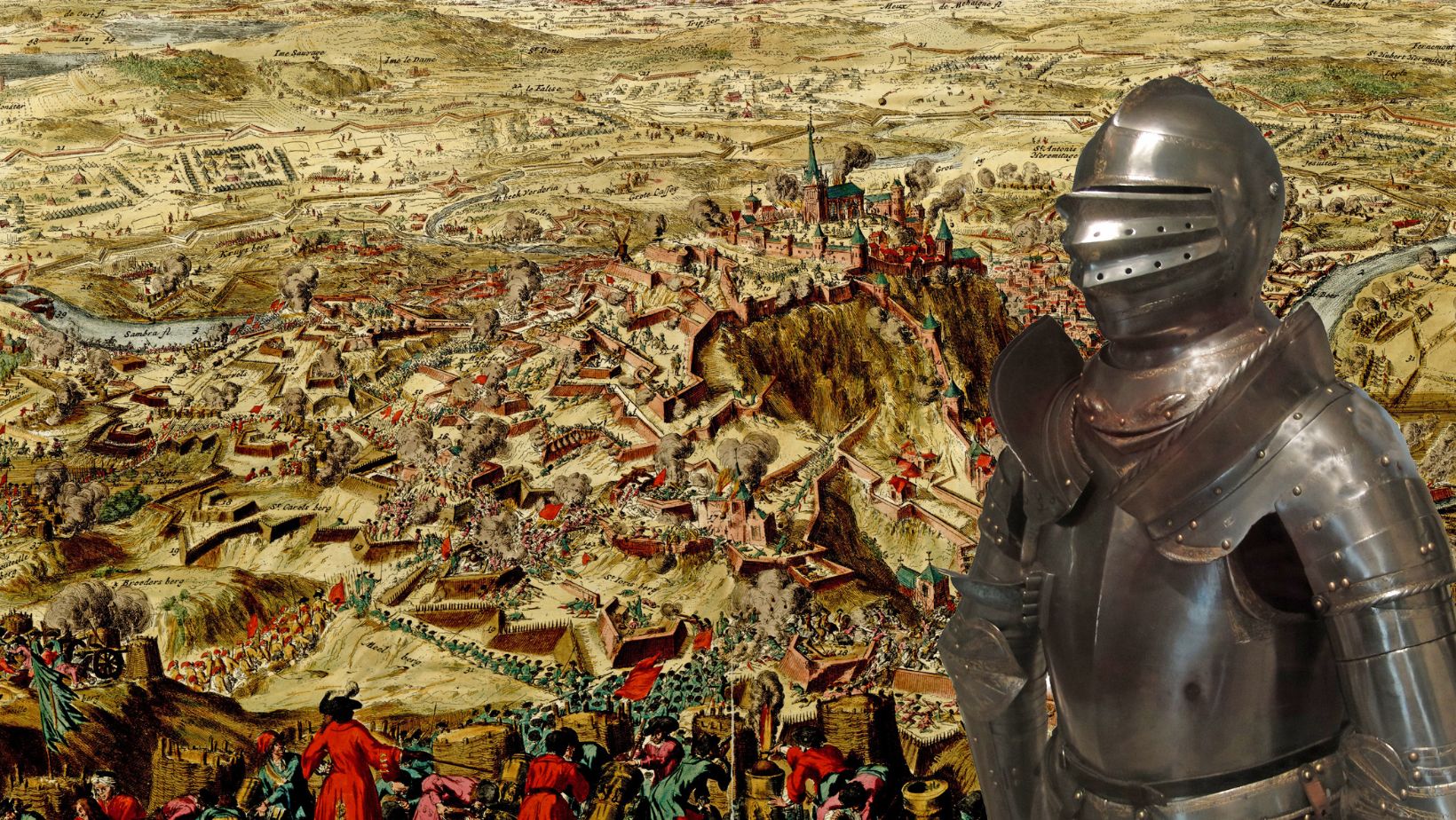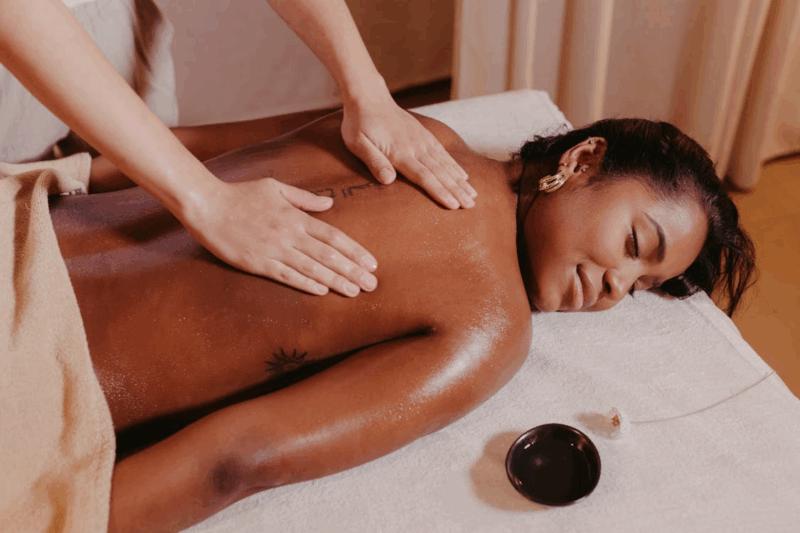
Buhurt is a modern full-contact combat sport in which fighters use blunt steel weapons and medieval armor. Tournaments and buhurt gatherings take place all throughout the world, but the sport is particularly popular in Europe. Every year, many countries compete in the tournament, hoping to win honor. However, for many players, buhurt is more than just a sport. This is about culture, history, and community, and competitors get the opportunity to travel across the planet.
Athletes often wear tempered steel plate armor modeled after medieval designs, which must meet stringent safety and usage requirements. Each piece is precisely designed to ensure durability and movement. Beyond versatility, armor displays the sport’s legacy, frequently with real designs from diverse European nations. They typically personalize their main gear to demonstrate craftsmanship and heraldry in front of the audience.
Introduction to Buhurt and Its Demands on Armor
Buhurt is a thrilling competitive activity or sport in which competitors wear authentically reconstructed medieval armor and spar one other with safe but realistic weapons. Matches can be held in duels or team clashing events, in which teams of knights compete for victory. The battles are refereed by knight marshals with specialized training and fighting expertise to ensure that the rigorous requirements and regulations of this medieval sport are followed.
Armor can be composed of steel or titanium, but it must be the proper type, thickness, and hardness for safety and longevity. The incorrect tempering may result in cracks, which are quite harmful. A crack in the helmet can result in a tragic accident. Choosing not to harden the armor makes it more easily damaged, which might result in significant harm. Choosing the appropriate equipment is one of the most critical steps. As a result, make an informed decision about your source and do not rush into it.
Key Features of Buhurt-Specific Medieval Armor
The weight of armor can vary significantly. A full suit of plate armor can weigh up to 25 kilograms. The distribution of weight is equally important as the total weight. Well-designed armor distributes weight evenly throughout the body. However, the sets must be wearable. Armor that is too heavy or rigid might create fatigue and reduce performance. It is vital to establish a balance between protection and mobility.

Lightweight materials and ergonomic designs can aid in achieving this balance without compromising safety. Proper fit and adjustability are also essential for maintaining comfort throughout extended sparring rounds. Ultimately, the correct armor should improve, not impede, your performance.
Customizing Armor for Personal Fit and Combat Style
Your ideal armor is not constructed overnight. Begin with the essentials and gradually expand your equipment. This helps you to better divide the costs, learn from experience, and optimize your armor adaptation. No matter how beautiful your armor is, if it does not fit, it will be a hassle. Many knights had to quit up after a few hours due to ill-fitting armor. Take the time to determine your precise measurements. Many manufacturers provide size charts; nevertheless, if in doubt, contact them directly. Consider the garments underneath the buhurt armor.
Cuirass covers the torso of a wearer above the waistline. This piece is intended for athletes that want maximum protection during the heat of the event. This cuirass features body protection that is meticulously made in two sections to ensure longevity and high metal thickness. To provide extensive coverage, the skirt is made up of three portions that are seamlessly integrated. Soft components such as basic gambesons and cushioned pants, as well as Kusnacht brigandines, are commonly accessible and can be utilized for routine combat training and entry-level contests.
Caring for and Maintaining Buhurt Armor
Cleaning your buhurt armor on a regular basis is critical to preventing dirt, dust, and moisture from accumulating. Remove any loose dirt or debris from the surface of your pieces with a soft brush or cloth. Be gentle to prevent scratching the metal. Wipe out the armor with a moist cloth or sponge and non-abrasive soap. Avoid using harsh chemicals or abrasive cleansers since they can damage the metal surface. After washing, make sure to completely dry your buhurt armor to prevent the rusting process. Finally, remove any excess moisture with a clean, dry cloth.

Apply a thin layer of wax or other protective coating on the surface of your tournament armor. This will build a barrier that helps to prevent rust formation while also storing your pieces in a low-humidity environment. Moisture speeds up the rusting process, so keep your armour in a controlled atmosphere. Inspect your full-body set for signs of rust and corrosion. If you notice any rust, gently remove it with fine-grade steel wool or a rust remover formulated exclusively for metal surfaces. Take care not to damage the intended metal.












